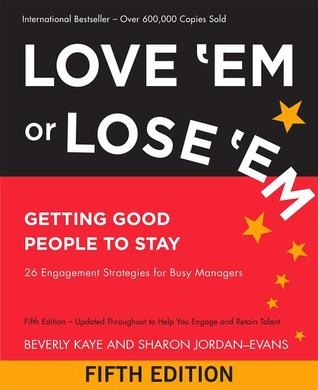
If you are looking for new hires, you will certainly experience no shortage of applicants. However, rethinking how you approach recruitment is critical to finding the best talent. Since the onset of the COVID-19 pandemic, work lives have shifted drastically. Now more than ever, companies and candidates seek more than just nine to five.
Working relationships, new dynamics, and flexibility are among the most sought-after traits of both parties. Old dogs who can not learn new tricks will find it difficult to thrive in today’s talent environment. The better you are at adapting to today’s dynamic, the more likely you will be able to attract and attain top candidates. Talent acquisition solutions ensure your company’s growth and success.
From the beginning of the recruitment process to the initial onboarding, recruitment strategies need a massive renovation, as band-aid solutions will not cut it this time. Here are six recruitment best practices for business organizations:
1. Have an effective search committee.

The search committee is the point people between the company and prospective hires. They control the process, determine who is qualified, and make offers to future employees. Ensuring that the search committee is composed carefully, that diversity is enforced, and that potential biases will not influence decisions is of utmost importance.
Important stakeholders, diverse demographics, and traditionally under-represented groups should be reflected on the committee. The committee chair must bring this vision to life to ensure an even and fair selection process that selects from the best-qualified pool of candidates.
2. Diversify the workforce.

A company that is successful in building a genuinely diversified workforce promotes the company as one that is a desirable place to work. Diversifying the workforce ensures that you are looking for talent in traditionally looked past places.
To begin, your company can adopt specific recruitment goals with diversity metrics that can be used to monitor progression, and job postings can be written with language appealing to a wider pool.
3. Enticing job ads.

Using language to appeal to a wider pool of candidates is not the only way to create an enticing job ad. Writing job ads that appeal to your intended applicants and engage candidates ensures a greater response.
First, include the specific job title. By communicating the job you want applicants to fill, unqualified candidates will be weeded out, so interested applicants remain. Instead of “Office Clerk,” try “Medical Office Administrative Assistant.”
After establishing the job title, you want to include information about your company, including visions, growth, and future objectives. Make sure you also list the requirements, including the skills and responsibilities that come with the job. This allows candidates to pre-determine whether or not they are a right fit.
Finally, keep it short. It is crucial that the job ad contains the necessary information but is not long enough to cause them to stop reading halfway through.
4. Develop an effective interview process.

Now that you have several interested candidates, it is time to put names to faces by conducting interviews. Personalizing the interview process is one of the key steps in an effective process.
Carefully consider who will meet with which candidate and align these meetings with the candidate’s interests. Make sure to consider the interviewee’s potential needs and what information may be required from you to maximize the candidate’s chance of accepting the position.
Consider a remote hiring process to grant candidates a desirable environment free from mental stressors such as commuting and background noise. This also allows a greater pool of candidates as you are not limited to hiring from within the area.
5. Recruit beyond the resume.

Resumes give a general overview of one’s experience but often fail to tell a complete story. Many candidates have gained new experiences of their own accord, which can fail to be reflected by a resume’s rigid formatting.
In fields requiring greater communication levels, such as customer service representatives, personability is a vital trait that often can not be quantified by past experiences. Consider using a job skills test and resumes to gauge their fit for your company.
6. Recruit within the organization.

Companies commonly look externally to fill positions within; however, your hidden star may have been right underneath your nose all along! Internal hires already know your company and goals, along with familiarity with company culture.
This can allow the onboarding process to proceed more smoothly and save the company money and time with certain aspects of training. Not only does it prove to be an economic benefit, but it also ensures retention as other employees now know your company fosters growth and development, making it more likely they will remain.









